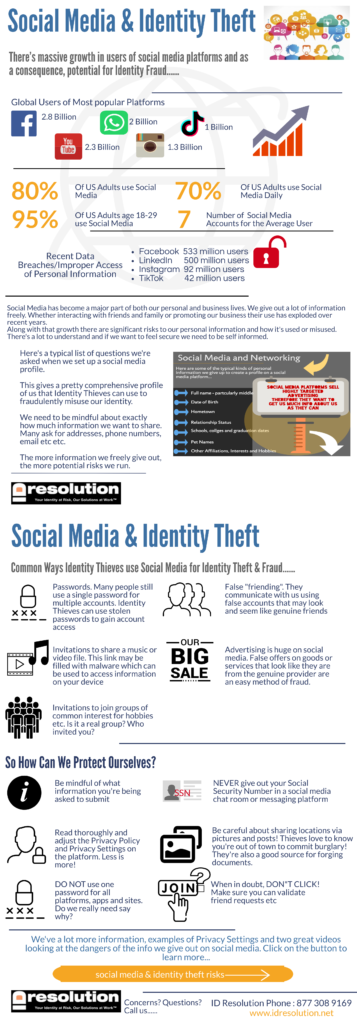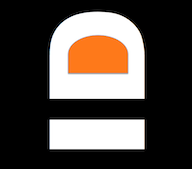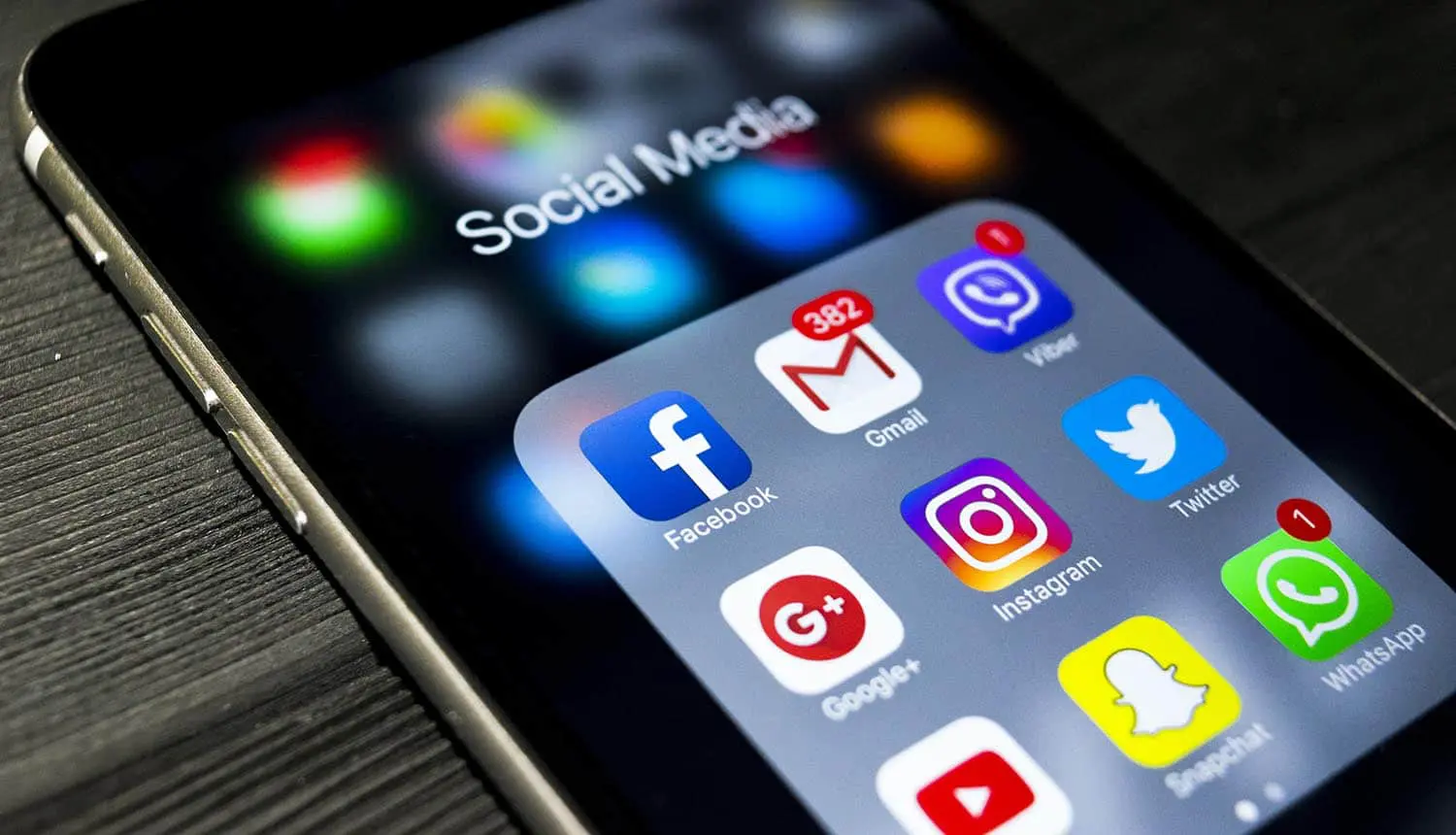
Social Media continues its explosive growth in our personal and business lives…As always in the digital world, opportunities also bring dangers for misuse of our personal information
Social Media has become a major part of both our personal and business lives. We give out a lot of information freely. Whether interacting with friends and family or promoting our business their use has exploded over recent years.
Along with that growth there are significant risks to our personal information and how it’s used or misused. There’s a lot to understand and if we want to feel secure we need to be self informed.
Today, social media has many business uses as well: it’s is a common way for companies to market products and events, to keep abreast of industry and societal trends and interact with their client base.
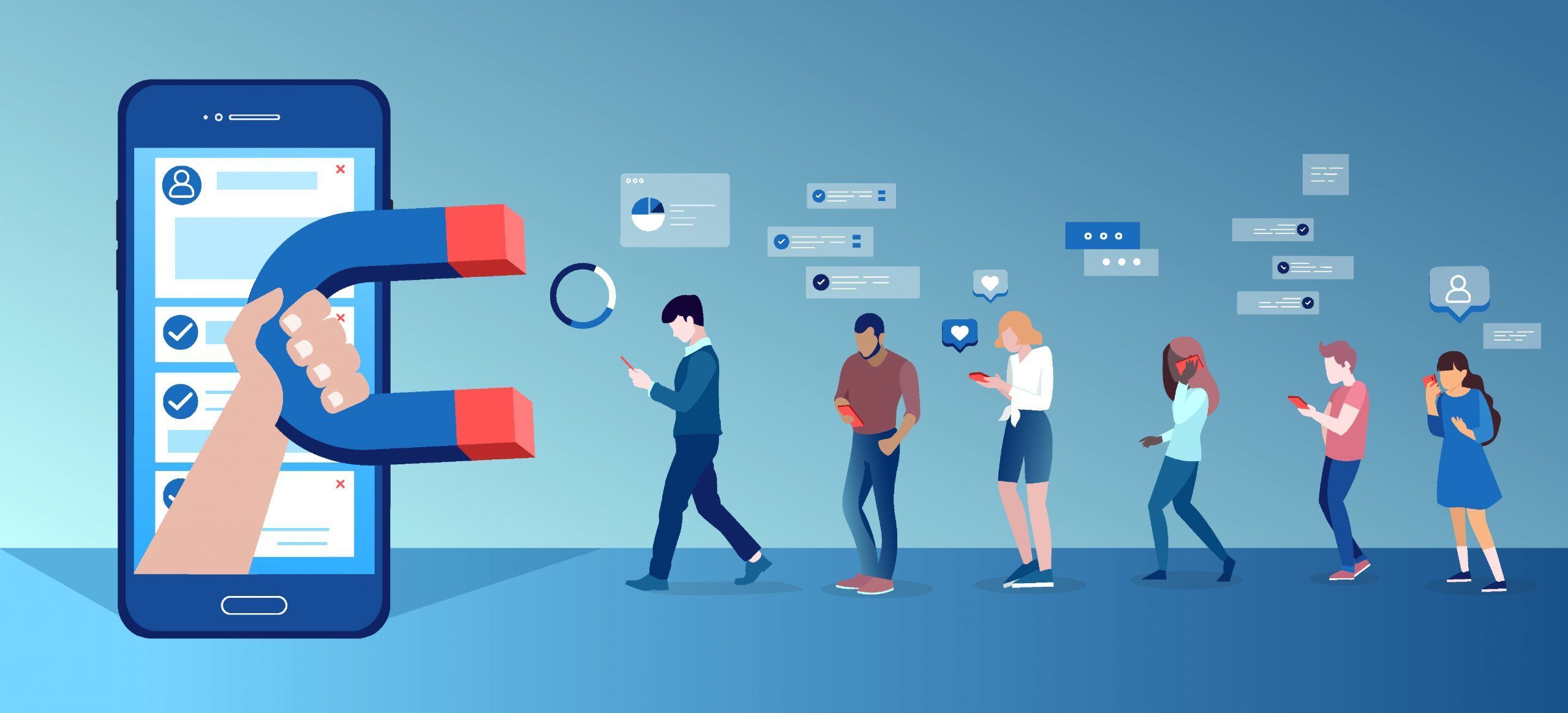
- As of January 2022, there are nearly 4 billion total social media users across all platforms.
- The average person uses seven different social networks per month.
- The amount of time adults use social media across all platforms is now higher than ever at nearly two hours per day
- TikTok is the fastest-growing social network adding 300 million users in 2021 alone!
Criminals can also obtain your personal information through third-party applications. Most social media sites have apps that ask for permission to access your account information before you can install them. This is one way hackers steal your details to commit fraud.
Unconsciously (or sometimes, consciously), you provide personal details you would not share on your social media accounts. Information such as your full name (including your middle name), date of birth, hometown, pet names, interests and hobbies, nature of work, and home or office address are just some of the personal details you post on your profile. Criminals can easily manipulate these details to commit fraud. Protecting this information just as you would protect your SSN and driver’s license number is one effective method of identity theft prevention.
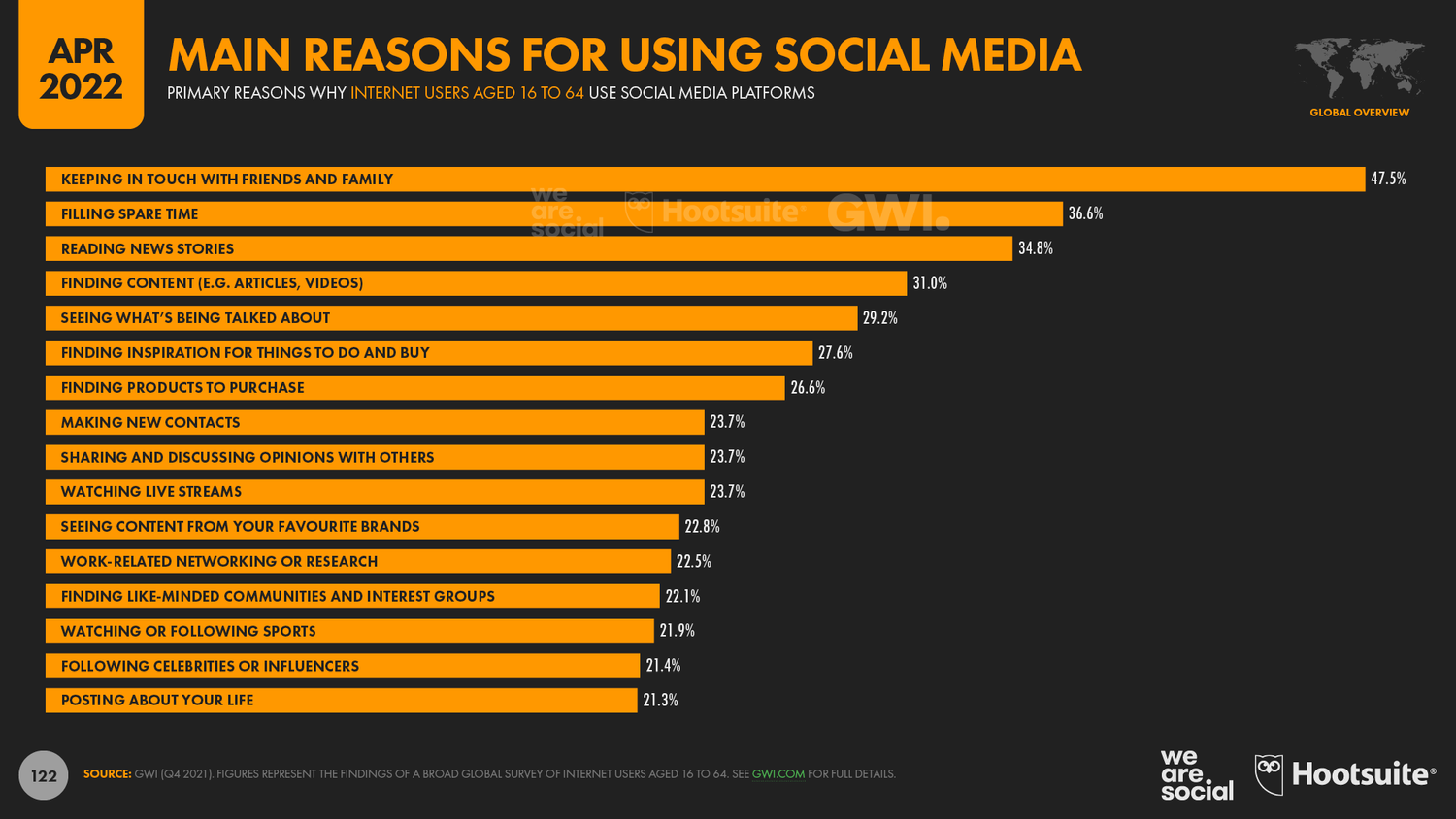
You also put yourself at risk for identity theft when you post updates of your activities on your social media accounts. Posting that you’ll be out of town on the weekend might attract burglars. Opportunists will steal not only valuable items (jewelry, gadgets and cash) from your home, but also documents containing your personal and banking information. This could very well be the start of your identity theft problems.
How Social Media Identity Theft Happens
Identity thieves who go through social media to get to their targets have plenty of methods to choose from. Here are a few examples:
Impersonation. Since it’s so easy to create an account on social media sites, identity thieves impersonating people online is common. They can create accounts in others’ names, then add pictures and personal info they find elsewhere online to make the account seem as real as possible. If they pose as your friend, they can find ways to access your info, as well.
Public Personal Information. Even seemingly innocent information about your life can give criminals all they need to steal your identity. A warning you have likely heard before is not to post about your vacations because burglars could see it and know exactly when to rob your home. With identity thieves, you can never be too sure. Even things like your hometown or the name of the high school you graduated from can give them the clues they need to steal your identity.
Direct Message Phishing. Just like email phishing, direct message phishing involves fake accounts and malicious links. An account (either fake or hacked) will message you with an unfamiliar link. If you click on it, identity-stealing malware might download to your computer. Be wary of any unfamiliar links you receive.
Data Breaches. This is the method of identity theft that you have the least power to prevent. Data breaches happen when a company’s database of customer information is hacked. Social media websites are big targets for these hackers. If they get through, all of the info you have on your profile could make you vulnerable to identity theft. Check on your accounts if there is a data breach. If so, take prompt measures. At a minimum, change your password and check any other social media accounts you may have linked.
BUT, and here’s the good news, you can still use social media sites without falling prey to identity thieves and fraudsters! Social media is here to stay, it’s how we protect ourselves that counts.

- Control the information you provide online. Find out how the site will use your information (such as for targeted advertising). As much as possible, never allow the site to make your personal information available to third-party application developers or marketing agencies.
- NEVER provide your SSN or driver’s license number even if the site asks for either.
- Avoid where possible giving out your credit card number when buying additional apps or features for your account. This is one way to prevent credit card fraud.
- Provide as little personal information as possible. Consider changing some information (like the day on your birth date) so those who can access your details won’t have your actual information to use for ID theft-related activities.
- Be careful with inviting or accepting invitations from people who you know or have met (make sure you really know who they are) and avoid inviting strangers or friends of friends to your network.
- Read and understand the Privacy Settings on these sites. Adjust them to your comfort level. The devil is in the detail!
Privacy Settings Detail
As an example of the Privacy Settings detail, we have provided below a link to Facebooks’ and also Google. Whilst other social media platforms settings and criteria aren’t identical, this is a good guide to what’s there and how YOU can control them. Click on the icons to learn more and remember, they change frequently!
Here are a couple of short videos taking a look at some dangers to our personal information if we don’t take care on how we use social media. Take a look!
